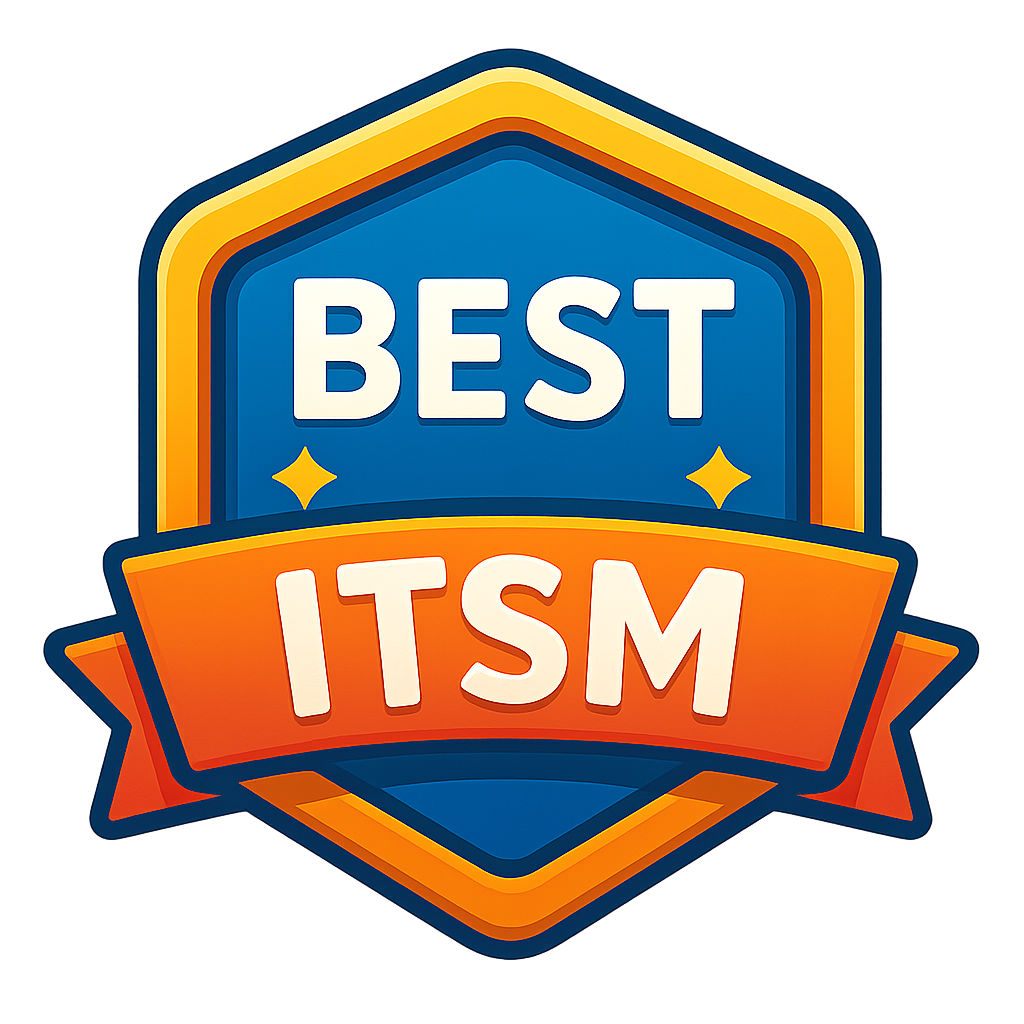Chatbot Integration
What is Chatbot Integration? Chatbot integration involves incorporating automated, conversational agents into business systems and workflows to improve customer service, operational efficiency, and user engagement. Chatbots leverage natural language processing (NLP) and machine learning technologies to understand and respond to user inquiries, providing quick and accurate assistance. By handling routine queries and tasks, chatbots free up human agents for more complex and value-added activities.
At its core, chatbot integration is about embedding chatbots into various communication channels and business applications. This includes websites, mobile apps, social media platforms, messaging apps, and customer service portals. By integrating chatbots across these channels, organizations can provide consistent and accessible support to users, enhancing their overall experience.
One of the primary benefits of chatbot integration is improved customer service. Chatbots can handle a wide range of customer inquiries, from answering frequently asked questions to assisting with product searches and order tracking. By providing instant responses, chatbots reduce wait times and enhance customer satisfaction. For example, an e-commerce website with integrated chatbots can assist customers with product recommendations, payment issues, and shipping inquiries, ensuring a seamless shopping experience.
Operational efficiency is another significant advantage of chatbot integration. Chatbots can automate repetitive tasks and processes, reducing the workload on human agents and enabling them to focus on more complex issues. In a customer support environment, chatbots can handle initial customer interactions, collect relevant information, and escalate issues to human agents if needed. This streamlined process improves response times and allows support teams to manage a higher volume of inquiries.
User engagement is also enhanced through chatbot integration. Chatbots provide interactive and personalized experiences, keeping users engaged and satisfied. For instance, in a banking app, a chatbot can assist users with checking account balances, transferring funds, and setting up alerts. By offering tailored assistance, chatbots increase user interaction and loyalty.
From a technical perspective, implementing chatbot integration involves several steps. The first step is to define the chatbot's purpose and scope. This involves identifying the specific tasks and queries the chatbot will handle and determining the target audience. Organizations need to outline the chatbot's functionality, including its ability to answer questions, perform transactions, and provide recommendations.
Natural language processing (NLP) is a critical component of chatbot technology. NLP enables chatbots to understand and interpret human language, allowing them to respond accurately to user inquiries. Implementing NLP involves training the chatbot on relevant data, including common phrases, synonyms, and industry-specific terminology. Continuous learning and improvement are essential, as chatbots must adapt to new language patterns and user behaviors.
Integration with existing systems and databases is crucial for effective chatbot functionality. Chatbots need access to relevant data to provide accurate responses and perform tasks. For example, an integrated customer service chatbot must connect to the organization's CRM system to retrieve customer information and update records. Similarly, an e-commerce chatbot needs access to product catalogs, inventory data, and order management systems.
User interface (UI) design is another important aspect of chatbot integration. The chatbot's interface should be intuitive, user-friendly, and consistent with the organization's branding. This includes designing conversational flows, response templates, and visual elements that enhance the user experience. Testing and refining the chatbot's UI through user feedback and usability testing help ensure a positive interaction experience.
Security and privacy are critical considerations in chatbot integration. Organizations must ensure that chatbots handle sensitive information securely and comply with data protection regulations. Implementing encryption, access controls, and data anonymization helps protect user data and maintain trust. Additionally, providing clear privacy policies and obtaining user consent for data collection are essential practices.
Monitoring and analytics are essential for optimizing chatbot performance. Organizations need to track key metrics such as response accuracy, user satisfaction, and interaction volume. Analyzing this data provides insights into the chatbot's effectiveness and identifies areas for improvement. Regular updates and enhancements based on user feedback and performance analysis help maintain the chatbot's relevance and efficiency.
In conclusion, chatbot integration is a powerful tool for improving customer service, operational efficiency, and user engagement. By incorporating chatbots into various communication channels and business applications, organizations can provide instant, personalized support and automate routine tasks. Implementing chatbot integration involves defining the chatbot's purpose, leveraging NLP, integrating with existing systems, designing a user-friendly interface, ensuring security, and monitoring performance. As chatbot technology continues to evolve, its potential to enhance business processes and deliver value will only increase, making it a valuable asset for modern organizations.
